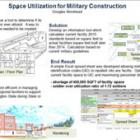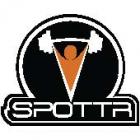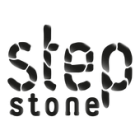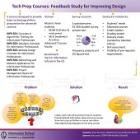
So-So
The So-So app is the ultimate night out companion! We tackle the problem of how to easily keep track of friends when out in the city so that everyone is safe and happy. With features like safety zones, friend tracking, and SOS alerts it conveniently fits the needs of anyone’s night out. Initial setup of the app includes choosing your preferred safety settings and connecting with your contacts. When heading out for the night you invite your group and start “Night Out Mode”. Once started, So-So tracks everyone in you group for the night, and applies your preferred safety features until the “Night Out Mode” times out. There is no other app that functions quite like So-So. It’s what the So-So Sober you would want!










